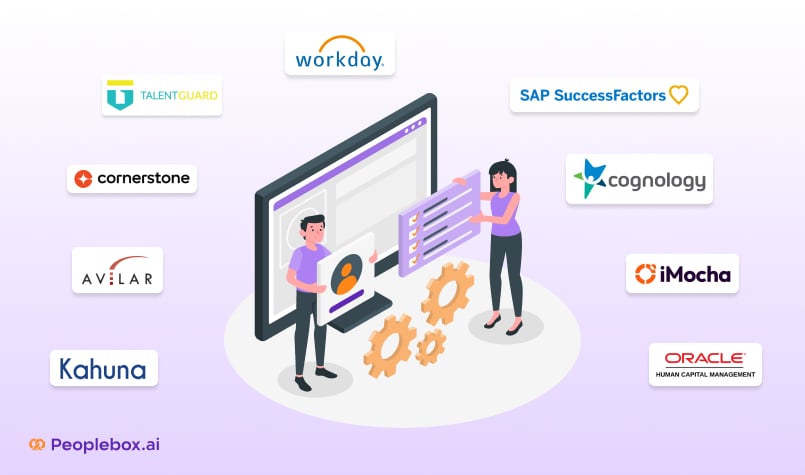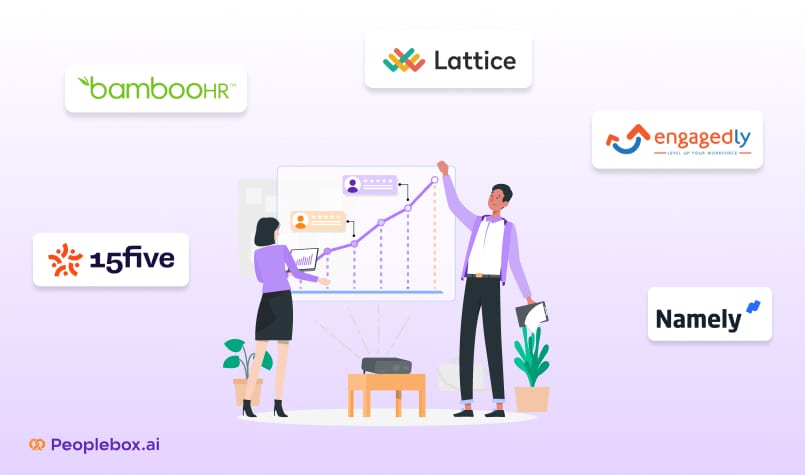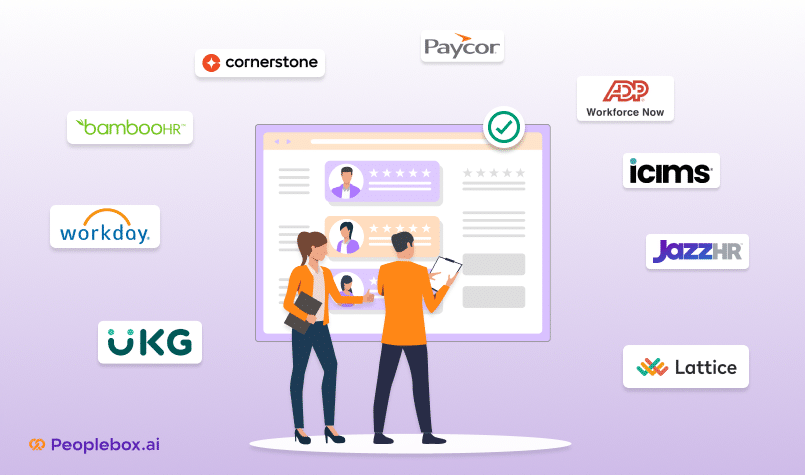Hiring is like solving a puzzle. If you find the piece, you successfully fill the requirement. If not, you spoil the puzzle.
You can find the perfect piece within or outside your organization. That’s where internal and external sources of recruitment come in. While the merits of internal sources or recruitment are numerous, including cost savings, you won’t be able to bring fresh ideas into your company.
So, you must balance internal and external sources to find the best candidates for your organization.
In this blog, we discuss the various internal and external sources of recruitment and learn about the advantages and disadvantages.
Let’s dive in.
What Are Internal and External Recruitment?
Internal and external recruitment is part of an organization’s overall talent acquisition strategy. But they both have unique purposes and criteria.
Internal recruitment is the process of filling vacancies within your organization by promoting or transferring candidates from the current workforce.
For example, if you want to hire a marketing manager, you can hire a junior marketer or content marketer to fill the position instead of hiring a new person.
Internal recruitment allows you to leverage the skills and experience of your existing workforce. Since you promote older employees, they smoothly transition into new roles.
On the other hand, external recruitment involves seeking candidates outside your organization. With this approach, you bring fresh perspectives, new skills, or experience unavailable within their current team.
| 📚To assess your team’s current performance, use the performance management tool by Peoplebox. It offers 360-degree reviews, 1:1 meetings, and check-ins to monitor the strengths and weaknesses of your current workforce. |
While external recruitment may be more time-consuming than internal recruitment, it helps you diversify your talent pool since you can bring employees from diverse backgrounds.
What Are Internal and External Sources of Recruitment?
Whenever there’s a vacancy in your company, you can try both – internal and external – recruitment sources. Each offers unique benefits along with challenges depending on your company’s needs.
Let’s discuss the various internal and external recruitment sources to see which is best for your organization.
The four most popular internal sources of recruitment
Common internal sources of recruitment include:
1. Promotions
By promoting your current employees to higher roles, you reward their performance and retain top talent. This boosts employee morale as your employees see a clear career path within your organization.
For example, you can promote a sales executive to a sales manager role if they consistently surpass performance benchmarks.
To do so, you must regularly assess employee performance. By consistently measuring performance, you also create a pipeline of internal candidates ready to take on more responsibility.
2. Transfers
Through transfers, employees are moved laterally within the organization to different departments or roles that require similar skills. This approach works when an employee’s current department lacks growth opportunities, but the employee has valuable skills that can benefit the company elsewhere.
For example, an employee in the marketing department might transition to a product management role where they can leverage their market knowledge in a different capacity.
3. Employee referrals
It’s common for employees to know their colleagues’ hidden potential or readiness for a new role, which you, as an HR, may overlook.
89% of organizations use employee referrals to recruit candidates. You can set up formal referral programs within the organization where employees can freely refer candidates for certain roles. If a referred candidate gets selected, you can reward employees for suggesting internal talent for open positions – a win-win for both employees and recruiters.
4. Internal job postings
Creating a structured internal job posting system gives employees equal access to opportunities across the company. You can post job openings on Slack channels or HR software so employees can quickly apply.
This also boosts employee retention as they see that you’re open to promoting deserving employees. So, they tend to stick around and work hard for promotions.

The five most popular external sources of recruitment
External sources of recruitment generally include partnerships with third-party recruiters or hiring platforms:
1. Job boards and online platforms
Whenever candidates are looking for jobs, the first thing they visit online is job boards like LinkedIn, Indeed, and Glassdoor. In fact, 97% of HRs use LinkedIn in their recruitment efforts.

Source: LinkedIn
These platforms generally come with advanced filters which you can use to narrow down the candidate pool based on skills, experience, and location. For more niche roles, you can also utilize industry-specific job boards such as AngelList (for startups) or Dice (for tech roles).
2. Recruitment agencies
Recruitment agencies come in handy when finding qualified candidates and filling important vacancies quickly.
These agencies have access to a diverse talent pool to help you connect with top talent in industries ranging from IT and finance to healthcare and administration.
Some popular ones you can try are agencies such as Robert Half, Randstad, or Hays, which specialize in connecting companies.
| 💡Pro tip: To optimize the cost of such agencies, try to hire for multiple positions at a time. This helps you negotiate for a packaged deal, which is more economical than paying for one hire at a time. |
3. Campus Recruitment
Campus recruitment is an old but excellent way to access a pool of new graduates. You can partner with universities and colleges to recruit their recent graduates for your organization.
Campus recruitment drives are especially common in fields like engineering, finance, and marketing, where young professionals bring new perspectives and innovative approaches to solve old problems.
Also, through campus recruitment, you can attract a new generation of workers into your workforce. Try building a long-term relationship with reputed colleges and universities to hire a steady stream of qualified candidates yearly.
4. Social media
Social media platforms such as Facebook, Instagram, and Twitter have become popular recruitment tools, especially for engaging younger audiences.
Compared to other sources of recruitment, social media is quite straightforward. You, as an HR manager, can post a job opening directly on your feed or ask the founder of your company to do the same.
Here’s an example of a job posting on Twitter:

Source: X
Through social media, you can reach passive candidates who aren’t actively searching for jobs. To attract this talent pool, consider building an employer brand by sharing behind-the-scenes stories, employee testimonials, and company culture highlights. Posting at the best time on Instagram or LinkedIn ensures you reach candidates who align with your mission and values.
| 💡Pro tip: To find suitable candidates near you, use hashtags on social media such as #citynamerole, i.e., Denverhealthcarejobs |
5. Headhunting
Compared to other external recruitment sources on the list, headhunting is a proactive approach in which companies or specialized headhunters seek out highly skilled professionals who aren’t necessarily looking for a new job.
This method is often used for senior-level or niche positions that require specific expertise. It’s ideal if you’re looking to find strategic hires that require careful selection and negotiation, such as CMOs and CTOs. Companies like Spencer Stuart and Korn Ferry specialize in executive search.
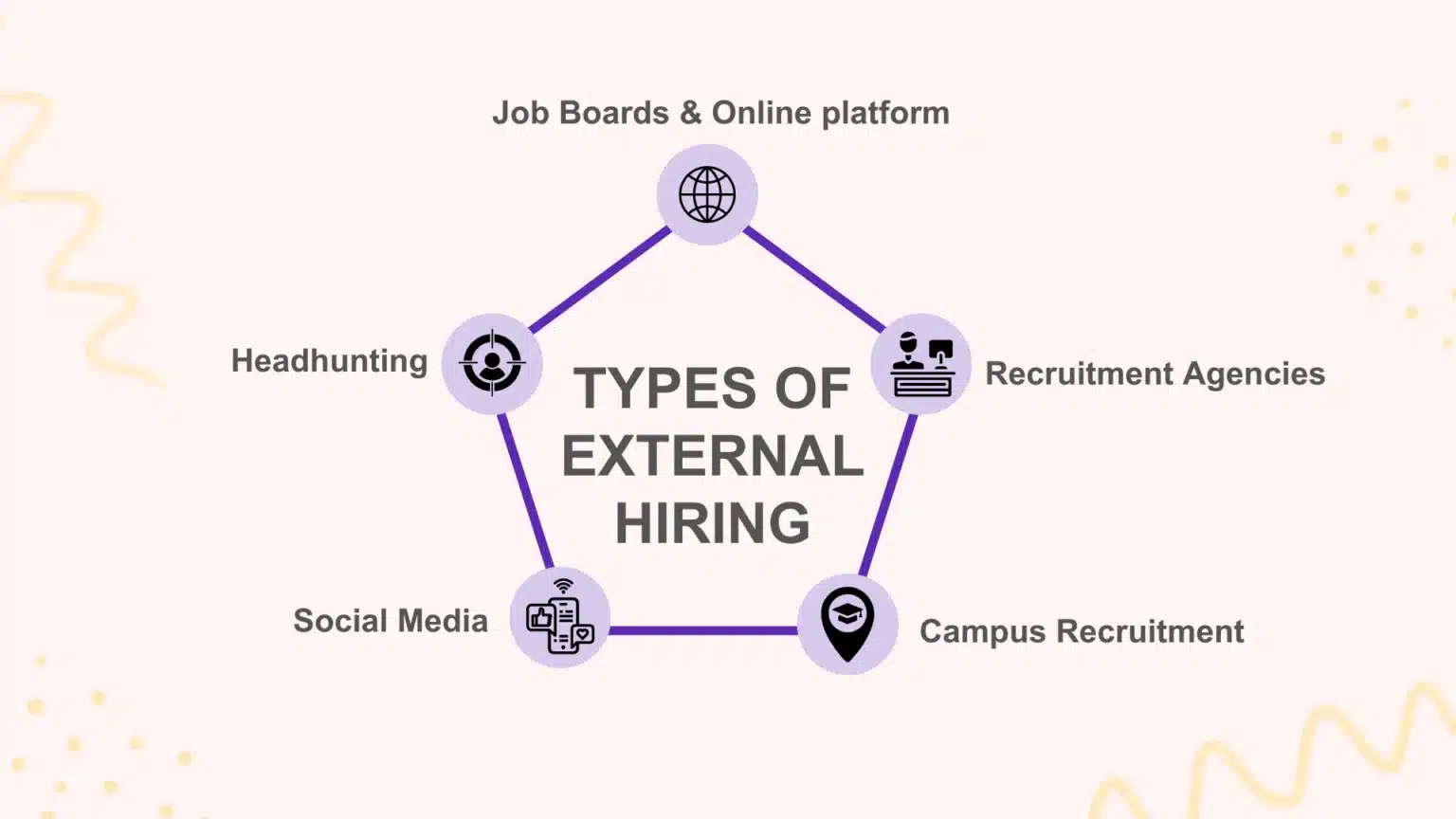
What Are the Demerits and Merits of External Sources of Recruitment?
Many organizations use internal recruitment sources to fill vacancies within their workforce. Let’s explore the advantages and disadvantages of this recruitment approach.
Merits of internal sources of recruitment:
A. Familiarity with candidates
In internal recruitment, managers and HR teams are aware of their employees’ strengths, weaknesses, and work habits. This knowledge helps in recruitment, reduces the risk of hiring the wrong person, and ensures a more seamless transition into new roles.
B. Culture fit
Since you’re hiring an old employee, you can bet on their cultural fit. These employees know the organization’s mission, ethics, and operational guidelines. They contribute to a high-performance work culture as they know the company’s unwritten rules and how to navigate its systems and structures.
C. Economical recruitment
The average cost of hiring a new employee is $4200, excluding the training cost and salary. I the internal recruitment process, you don’t need to spend money on external job postings, recruitment agencies, or time-consuming interview processes.
Also, an internally recruited employee is already familiar with the product, so you can also save on product training costs and time lost on the learning curve.
D. Employee morale booster
When you promote your employees, you prove that your company values its staff and is invested in their career development. This boosts your employees’ morale, as they feel rewarded for their hard work.
E. Loyal workforce
When you hire and promote from within, your employees see that you recognize their efforts. Gallup’s research proves that well-recognized employees are 45% less likely to change organizations.
When employees see opportunities for growth within the company, they are less likely to leave for external opportunities.
This creates a more stable workforce with lower turnover, which is crucial for long-term business success.
Demerits of internal sources of recruitment:
A. Limited talent pool
While internal recruitment has benefits, one significant drawback is that it limits the talent pool. You miss out on fresh perspectives and skills that external candidates might offer.
B. Conflict among employees
Internal recruitment can lead to conflicts or resentment among employees who were passed over for promotions. If not managed properly, internal hiring can breed unhealthy competition and lower morale for employees who feel overlooked.
This can decrease productivity or cause some employees to seek opportunities elsewhere.
What Are the Demerits and Merits of External Sources of Recruitment?
Merits of external sources of recruitment
A. Access fresh talent and perspectives
One key advantage of external recruitment is the introduction of new talent and fresh perspectives to your workforce.
External hires bring diverse experiences and ideas from other companies and industries. If hired for leadership roles, these employees introduce new approaches to problem-solving.
For example, Nadella joined Microsoft as CEO in 2014 when Microsoft was not at its best position. Under Nadella’s leadership, Microsoft shifted its focus toward cloud computing and embraced open-source technologies. This transformed the company’s growth trajectory.
Through Microsoft Azure, the company’s cloud platform, Nadella steered Microsoft to become a key player in cloud computing. This also contributed to doubling Microsoft’s market capitalization within five years.
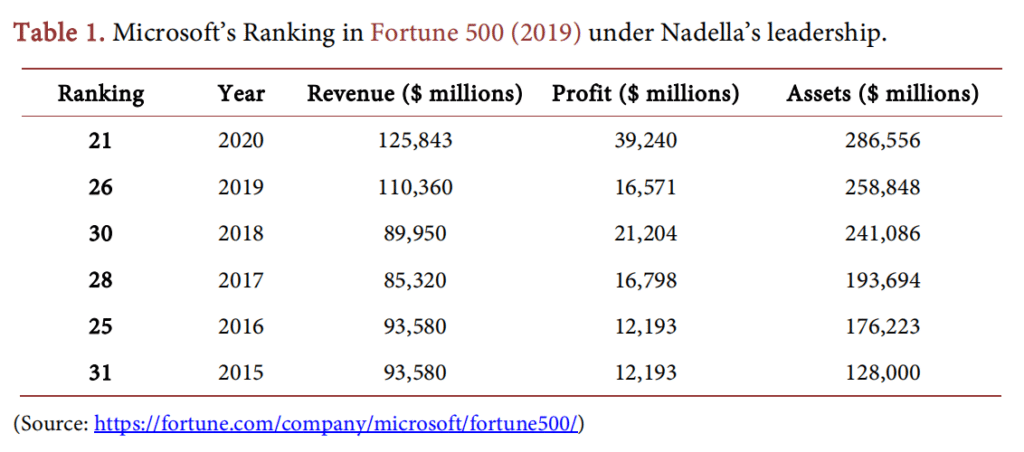
Source: ResearchGate
B. Diverse workforce
You find candidates from different backgrounds, experiences, and cultures through external recruitment, especially if you support a remote model. This helps you increase diversity within your teams. A diverse workforce enhances creativity and makes the company more adaptable to a global customer base.
C. Access to a larger talent pool
Hiring externally expands your talent pool considerably. You get access to candidates with specialized skills or niche expertise that may not be present internally.
You can use platforms like LinkedIn and job boards like Indeed to cast a wide net and reach a global audience.
Demerits of external sources of recruitment
A. Expensive and time-consuming process
External recruitment often comes with higher costs. You have to create hyper-specific job descriptions and post them on various platforms, work with recruitment agencies, and conduct multiple rounds of interviews, which can quickly become expensive.
B. Long onboarding process
To hire externally, first, you must sit through a lengthy process of shortlisting candidates from several applications. Then, you have to conduct interviews and negotiate job offers. On top of this, you spend more time and resources training and integrating new employees into your organization.
This long adjustment period can delay the expected results, so external recruitment may not be suitable for roles that you need to fill quickly.
C. Learning curve for new hires
New employees take time to fully understand your company’s internal workings and dynamics. While they bring fresh ideas, they take time to interact confidently with existing employees, which can further delay the results you’re expecting.
What Are the Differences Between Internal and External Sources of Recruitment?
Now that you know what internal and external sources of recruitment are, here’s a summary of the top differences between them:
| Aspect | Internal Recruitment | External Recruitment |
| Talent Pool | Limited to existing employees within your company | Access to a larger, diverse pool of candidates outside your company |
| Cost | Cost-effective (lower advertising and onboarding costs) | Costlier due to job ads, recruitment agencies, and onboarding expenses |
| Time to hire | Faster, as employees are already familiar with the company | Longer, as it involves searching, interviews, and background checks |
| Cultural fit | High, as internal candidates are already aligned with the company’s culture | Risk of misalignment with company culture |
| Innovation | May reinforce existing approaches | Brings in fresh ideas and innovative solutions |
| Training | Less training is needed | Requires significant onboarding and training |
When Should You Use Internal and External Sources for Recruitment?
Now you know that both internal and external sources of recruitment have their advantages and disadvantages. In some cases, internal recruitment works, while in other cases, external recruitment.
You should use internal recruitment sources when:
- The role requires specific company knowledge
- Cultural fit is crucial
- You need to fill positions quickly
- You want to reduce recruitment costs
- You want to promote employee loyalty and morale
You should use external recruitment sources when:
- There’s a shortage of qualified internal candidates
- You need fresh ideas and innovation
- You need a specialized skillset
- You want to diversify your workforce
- You want to expand your company’s network
When Do You Need Internal and External Sources of Recruitment?
The key steps to identify whether you need internal or external sources are:
- identifying the recruitment needs of your company
- conducting a performance analysis
The first step helps you understand what roles you need now and in the future. The second step helps you identify the skillset of your current workforce so you can decide whether to promote existing employees or look for new ones.
Peoplebox helps you thoroughly analyze your current workforce’s performance with performance reviews, check-ins, and 1:1s to determine which employees are worthy of promotion and which departments lack the skillset to achieve growth.
Want to analyze the performance of your current workforce? Book a demo to Peoplebox today.

